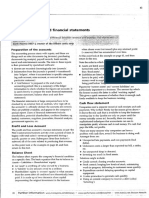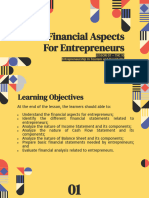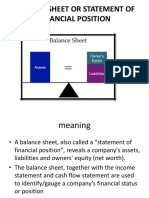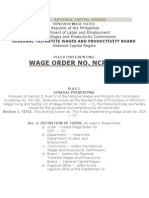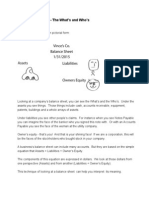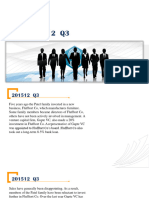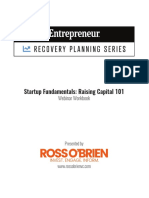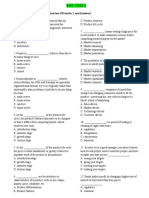0% found this document useful (0 votes)
57 views32 pagesChapter2 M01 Introduction INF Accounting and Controlling
Chapter 2 of the document covers Accounting and Controlling, focusing on financial management, cost accounting, and the controlling process. It explains key concepts such as financial and management accounting, balance sheets, income statements, and cash flow analysis, emphasizing their importance for business operations and decision-making. Additionally, it outlines the roles of managers and controllers in setting objectives, planning, and ensuring transparency in financial results.
Uploaded by
prokchorbazCopyright
© © All Rights Reserved
We take content rights seriously. If you suspect this is your content, claim it here.
Available Formats
Download as PDF, TXT or read online on Scribd
0% found this document useful (0 votes)
57 views32 pagesChapter2 M01 Introduction INF Accounting and Controlling
Chapter 2 of the document covers Accounting and Controlling, focusing on financial management, cost accounting, and the controlling process. It explains key concepts such as financial and management accounting, balance sheets, income statements, and cash flow analysis, emphasizing their importance for business operations and decision-making. Additionally, it outlines the roles of managers and controllers in setting objectives, planning, and ensuring transparency in financial results.
Uploaded by
prokchorbazCopyright
© © All Rights Reserved
We take content rights seriously. If you suspect this is your content, claim it here.
Available Formats
Download as PDF, TXT or read online on Scribd
/ 32






